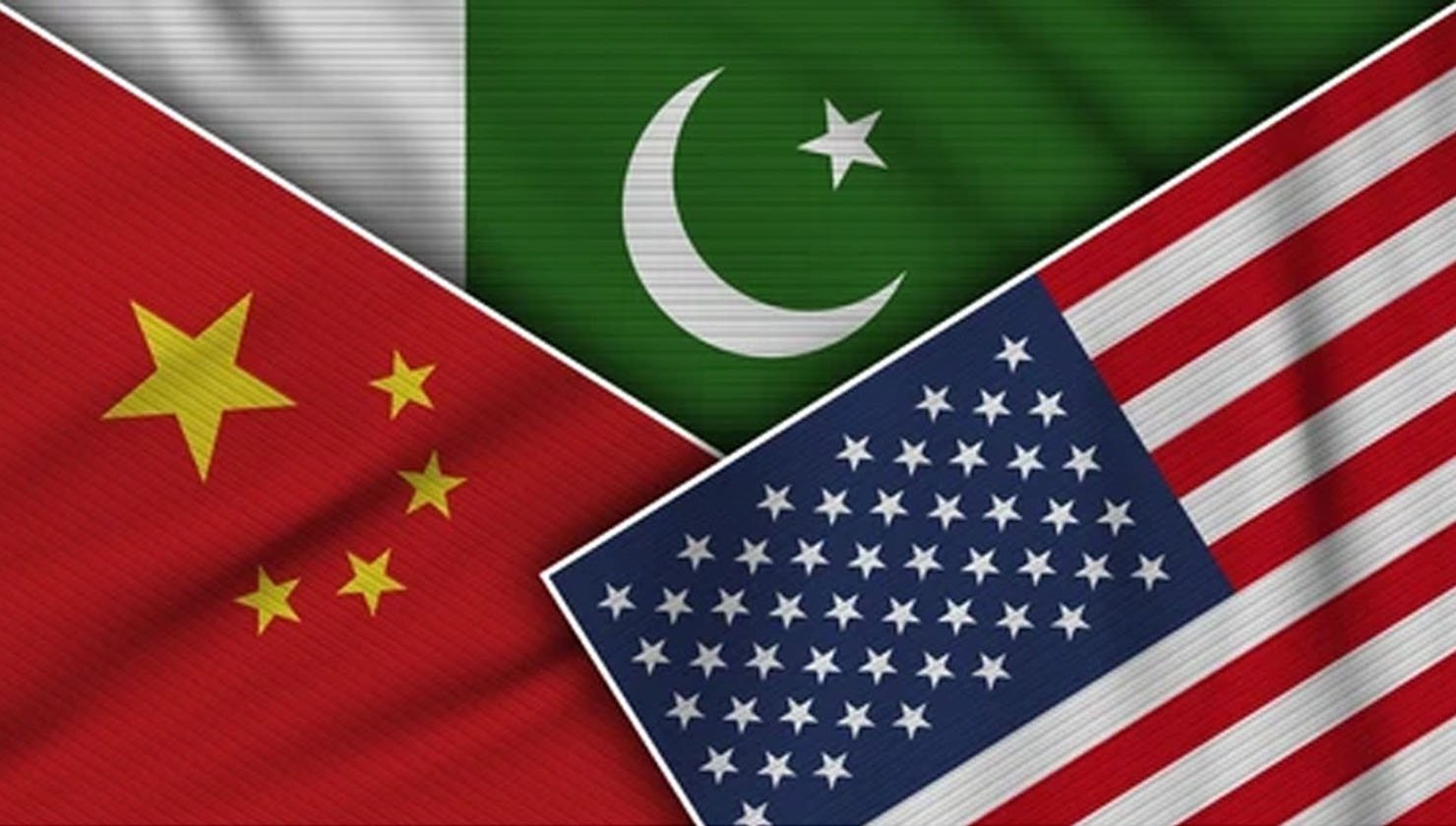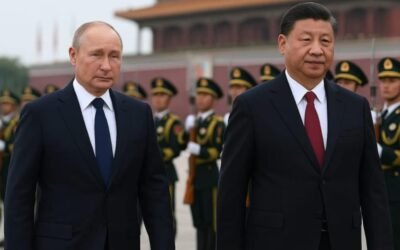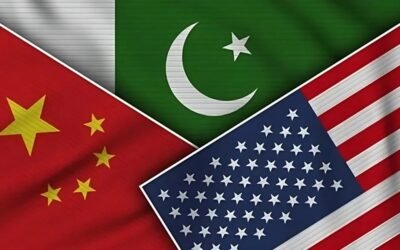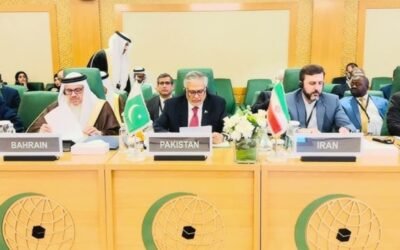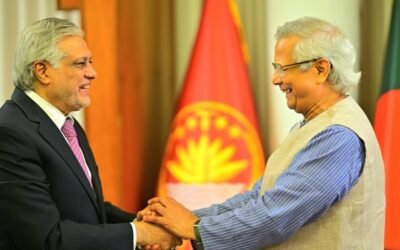A Changing World, A Rising East
The world of the 21st century is not what it used to be. As we head toward 2050, the old centers of power, rooted in the transatlantic West, are giving way to a new, multipolar global order. At the heart of this transformation stands China, offering a path to development and influence that challenges long-standing Western norms.
For Pakistan, this transition is not just global—it’s personal, offering a chance to redefine its role in the world.
For countries like Pakistan, this is more than a distant geopolitical shift. It is a rare opportunity to rethink our place in the world. As Professor John L. Thornton, a former President of Goldman Sachs and a leading expert on U.S.–China relations, explains, China’s approach to modernization and global engagement is reshaping the very concept of progress, especially for countries in the Global South.
The World in 2050: Inequality or Opportunity?
By 2050, the global population is expected to exceed 10 billion, with significant growth projected in South Asia and Africa. Countries like Pakistan, Nigeria, India, and Ethiopia will be home to some of the world’s largest populations. However, this demographic boom risks becoming a burden unless it is matched by inclusive economic development.
Meanwhile, economic power is consolidating. The U.S. and China are projected to control nearly 60% of global GDP. This growing disparity threatens to intensify global crises — from mass migration to environmental collapse.
Thornton argues that such inequality, left unchecked, will define this century. However, it also presents a challenge: Who will offer a model for inclusive and sustainable growth?
U.S.–China: A Race Toward Rivalry
Instead of addressing shared challenges, the world’s two biggest economies are caught in an escalating rivalry. Thornton likens their current course to two drivers speeding toward a cliff — fully aware of the danger, yet unwilling to hit the brakes.
By 2050, rising inequality and population growth in the Global South will demand inclusive, locally defined development strategies.
This confrontation is not just military or economic — it is ideological. Western responses to conflicts like the Ukraine war have laid bare a growing disconnect. While the West rallied behind sanctions and arms, the rest of the world — including countries across Africa, Latin America, the Middle East, and Asia — essentially chose neutrality.
This divergence signals something important: the Western narrative no longer holds unquestioned sway.
China’s Alternative: Modernization Without Hegemony
China, under President Xi Jinping, is proposing a different model of development — one rooted in its own historical experience and cultural values. This model, known as “Chinese-style modernization,” rests on five core pillars:
- Peaceful development
- Shared prosperity
- Harmony with nature
- Moral and cultural advancement
- A global community of shared destiny
Unlike past global powers, China is not exporting its political system or ideology. Instead, it offers a framework that speaks to the aspirations of developing nations: the ability to modernize without compromising identity, sovereignty, or self-respect.
Pakistan, a founding partner of the Belt and Road Initiative (BRI), has already witnessed how this vision translates into action — with infrastructure, energy, and connectivity projects changing lives on the ground.
A System that Works: Governance by Merit
Thornton draws an eye-opening comparison between the Chinese Communist Party and the U.S. military, noting that both operate on the principles of discipline, hierarchy, and performance-based advancement.
In China, many leaders rise from prestigious institutions, such as Tsinghua University. Promotions are earned through years of experience and results — not campaign slogans or media coverage.
This stands in contrast to Western political systems, where wealth, social media optics, and populism often sway elections. In a world demanding competent governance, China’s model offers a results-driven alternative.
Performance Over Promise
Thornton emphasizes one key question: “Who can deliver?”
On that front, China makes a persuasive case. It has lifted over 800 million people out of poverty, built world-class cities, and led global investments in infrastructure. The focus isn’t on rhetoric — it’s on getting things done.
For developing countries, including Pakistan, the lesson is clear: long-term success depends not on grand speeches but on consistent, effective execution.
What Pakistan Must Do: A Strategic Path Forward
As a country straddling South and Central Asia — rich in culture, youth, and location — Pakistan must not stand idly by. The shifting global order provides both a challenge and an opening. Thornton’s insights point to four critical imperatives:
- Avoid Old Camps, Build New Partnerships
Pakistan should not be dragged into another Cold War-style alignment. Instead, our foreign policy must prioritize strategic neutrality — fostering cooperation with China, the U.S., and others, based on mutual interest and respect. - Define Progress on Our Own Terms
Proper development cannot come from borrowed frameworks or IMF prescriptions. Pakistan must pursue goals rooted in our own values: social equity, environmental care, and technological empowerment. - Move from Vision to Implementation
We have no shortage of plans. What we need is institutional stability, strong governance, and a culture of delivery. China’s model shows that sustained investment in local capacity can yield real transformation. - Own Our Narrative
Pakistan is not a passive recipient of foreign aid or ideas. With its vibrant population and rich cultural heritage, it can craft a modern identity that connects East and West — not as a pawn, but as a proactive partner.
Conclusion: A Time to Choose
China’s rise is not just about one country’s ascent. It is about breaking the West’s monopoly on what development should look like. It’s about offering the world — especially the Global South — a new set of choices.
Pakistan must reject dependency and embrace a confident, independent path aligned with its values and strategic interests.
For Pakistan, this moment is defining. We can either remain trapped in outdated models and dependency — or step forward with confidence, crafting a path that aligns with our aspirations, our values, and our people.
The winds of change are blowing. The world is watching. And for countries like ours, the time to act is now.

